A Scouser’s Anfield Memories
A Scouser's Anfield Memories
Liverpool Football Club Stadium is located on Anfield Road, in the district of Anfield, hence the name. In the photos below, the Kop is on the left, with the Anfield Road End, right. Anfield Road now has been extended to go around the new Anfield Road Stand addition.

1980s aerial view: Anfield & Goodison Park looking north © Liverpool Echo
In 1892, the embryonic Liverpool FC took over the Anfield Road Ground from the team that was already known as Everton FC, and had played at the ground from 1884 to 1892. Everton FC moved to what would become Goodison Park Stadium. Everton FC have a new stadium nearing completion on the reclaimed Bramley Moore Dock on the River Mersey.
The two current Liverpool city stadia are separated by Stanley Park, named after Lord Stanley of Preston, the same Lord Stanley who Queen Victoria appointed in 1888 as Governor General of Canada. In Canada, Lord Stanley became so enamored with the game of Hockey that he inaugurated a trophy in his name (1893).
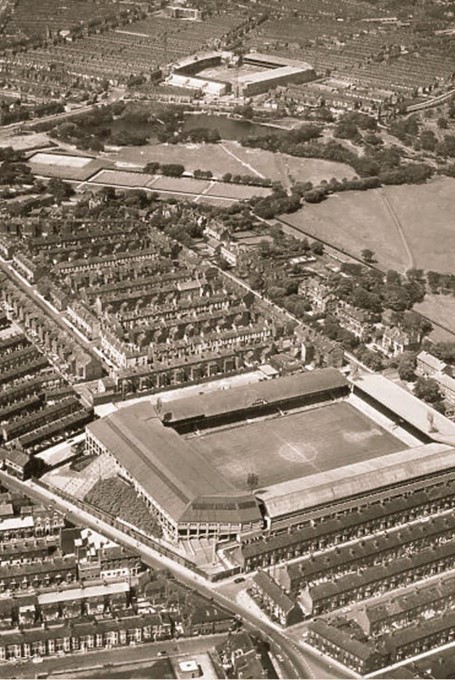
1960s aerial view of Anfield and Goodison looking north © Historic England
This 1960s photograph is the Anfield I remember: a stadium squeezed in between rows of identical houses. Before the Taylor Report on the ‘Hillsborough’ tragedy that obligated all-seating stadia, football grounds in the 1960s were mainly terracing (standing). Anfield’s spectator area, above, may look limited, but the capacity was 54,000, with the Kop alone holding 28,000. The Kop is on the left. The old Main Stand is the top section.
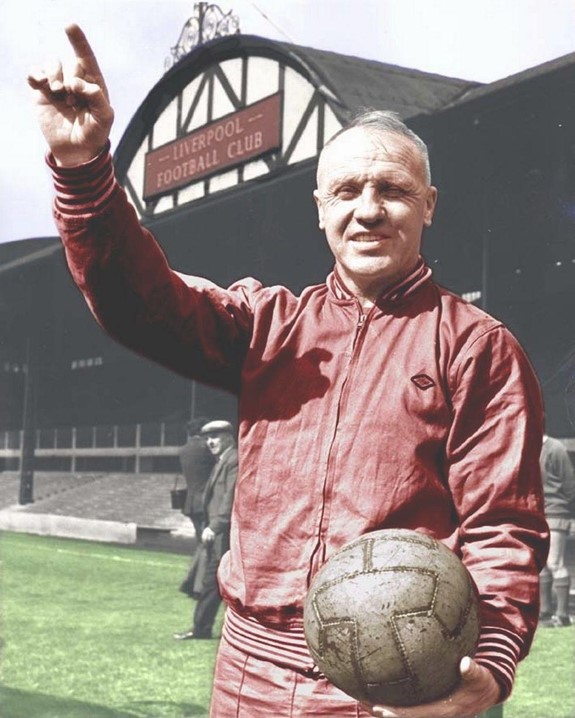
Bill Shankly in front of the old Main Stand and Paddock © Liverpool Echo
I started watching Liverpool FC in the mid-1960s from the safety of the Paddock, a narrow standing area in front of the old Main Stand. Sections of the ground in which spectators stood were known as terraces: seating areas were referred to as Stands, short for Grandstands.
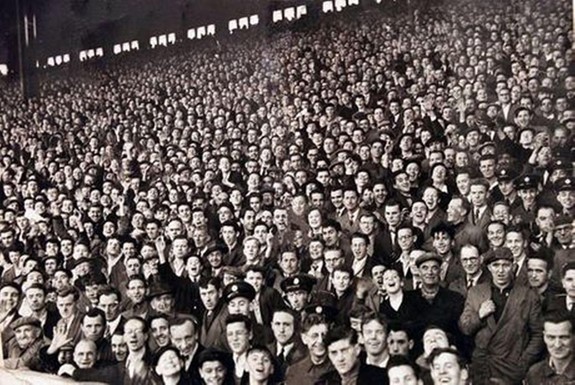
1960s’ Kop, Anfield, Liverpool Football Club © Liverpool Echo
For my second season, I braved it on the Kop, in line behind the right side goal post. The photograph above would imply that 1960s’ football was an all male preserve.
The Kop end in the 1960s was ‘home’ to 28,000 standing, so it helped to get in an hour before kick-off for the relative safety of a position in front of a crash barrier. Most, if not all grounds had both a ‘home’ and an ‘away’ end to cater for the more committed fans who would strive to watch a game from behind a goal. Watching from the sides was regarded as a neutral’s viewpoint. [Are you listening BMO Field?]
Viewing from the terraces behind a goal was a contact sport. Crash barriers were of limited use as swathes of humanity ebbed and flowed with the action in the last third of the field. Corner kicks would generate an avalanche of bodies tumbling forward trying to view the kick being taken. On two occasions, I witnessed dislodged crash barriers lifted over peoples’ heads and passed down to the edge of the pitch.
________________
One abiding memory I have of 1960s’ Anfield, viewed from the Kop end, is of Bob Paisley as a surprisingly nimble team physio, darting from the Dug Out like ‘a dog out of a trap’ [racing parlance], with the cure-all water and sponge. Wipe the mud off, and whatever the ailment, the injured player would be good to continue: end of season pitches were a sight to behold ‘mud baths’. There are plenty of 1960s’ games on YouTube that testify to old First Division pitches that would be unplayable by Premier League standards.
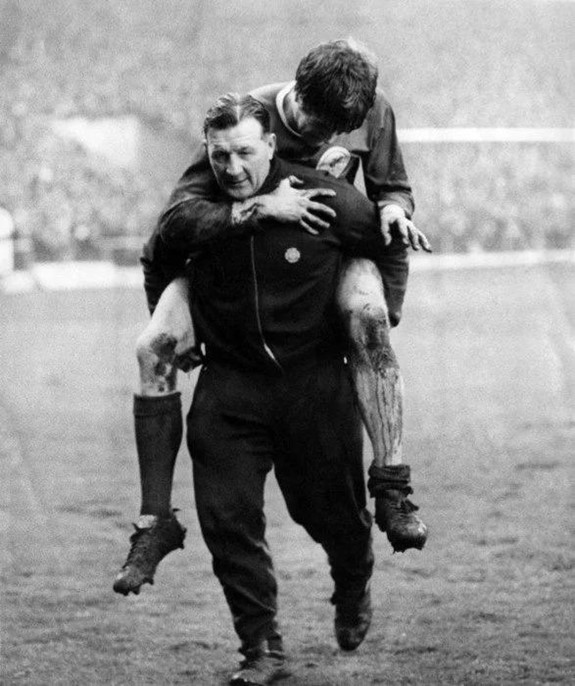
1968: Liverpool v Tottenham: Bob Paisley carries off an injured Emlyn Hughes. This iconic image has been rendered as a statue at Anfield. © Liverpool Echo.
The 2022 – ’23 season Premier League increase to five substitutions per game may surprise younger supporters (anyone under 50) that there was a time before
substitutions. The use of a replacement player in English Football did not appear until the 1965 – ’66 season, and then that was only one substitution for an injury.
Non-injury substitutions would not appear until the 1967 – ’68 season, courtesy of Don Revie (Manager of Leeds United), allegedly getting his players to fake injury so that a substitution could be made for tactical reasons.
One example of an injured, but not substituted, player is Gerry Byrne, who was Liverpool’s left back in the 1964-1965 season, shown below in the 1965 FA Cup Final, the last game played before the introduction of a (one) substitute player.
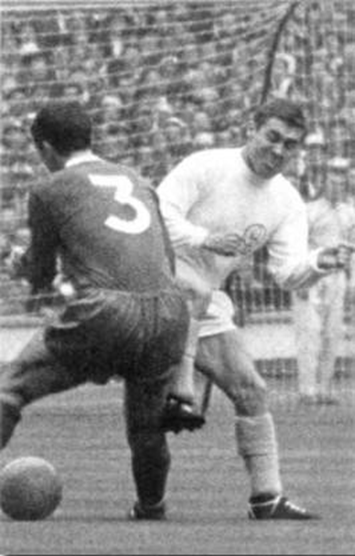
1965 F A Cup Final: Liverpool v Leeds United © This is Anfield
In the photo above, Bobby Collins (Leeds Utd) is straight into action as his tackle on Gerry Byrne (No.3) leaves the Liverpool defender with a broken collarbone. The tackle was in the first five minutes of the game, but with no substitute, Byrne played the full 120 minutes: the game went into extra time. (Liverpool won 2-1)
Leeds United under Don Revie had a reputation for ‘playing dirty’. Apart from breaking Byrne’s collarbone, the photograph above begs the question: what is Collins’ right foot doing next to Byrne’s right knee? Current regulations have seen players given a ‘straight red’ for less: Curtis Jones against Spurs?
Ps To hone your Liverpool credentials, check the November 6th, 2023 OLSC blog: ‘Scouse’ – The Definitive Guide

YNWA
LFC Toronto Member
Tom
[email protected]




